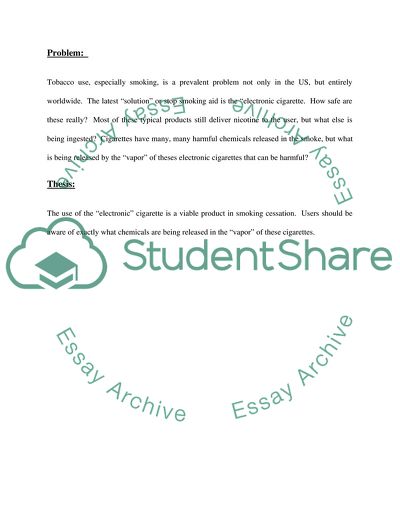Cite this document
(Safety of Electronic Cigarettes for Smoking Cessation Research Paper, n.d.)
Safety of Electronic Cigarettes for Smoking Cessation Research Paper. Retrieved from https://studentshare.org/social-science/1759850-safety-of-electronic-cigarettes-for-smoking-cessation
Safety of Electronic Cigarettes for Smoking Cessation Research Paper. Retrieved from https://studentshare.org/social-science/1759850-safety-of-electronic-cigarettes-for-smoking-cessation
(Safety of Electronic Cigarettes for Smoking Cessation Research Paper)
Safety of Electronic Cigarettes for Smoking Cessation Research Paper. https://studentshare.org/social-science/1759850-safety-of-electronic-cigarettes-for-smoking-cessation.
Safety of Electronic Cigarettes for Smoking Cessation Research Paper. https://studentshare.org/social-science/1759850-safety-of-electronic-cigarettes-for-smoking-cessation.
“Safety of Electronic Cigarettes for Smoking Cessation Research Paper”, n.d. https://studentshare.org/social-science/1759850-safety-of-electronic-cigarettes-for-smoking-cessation.


